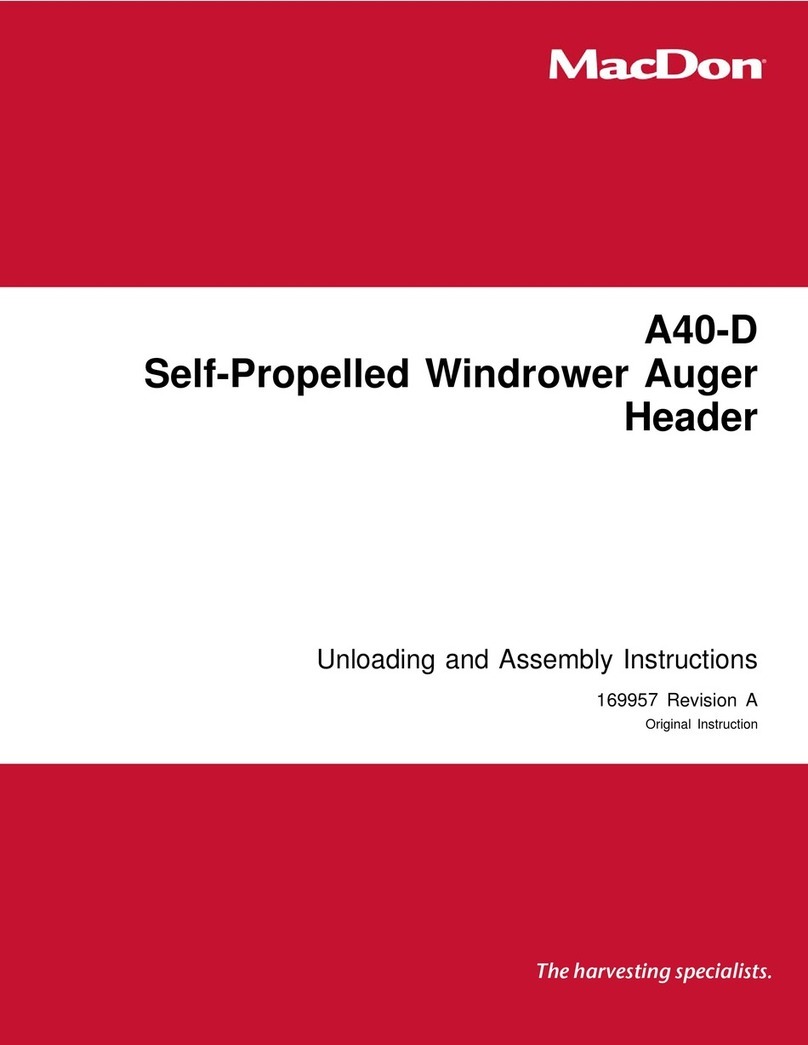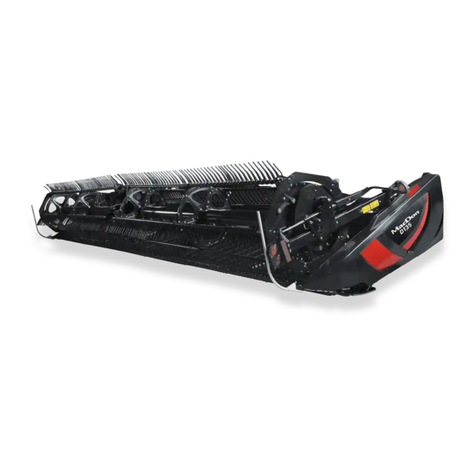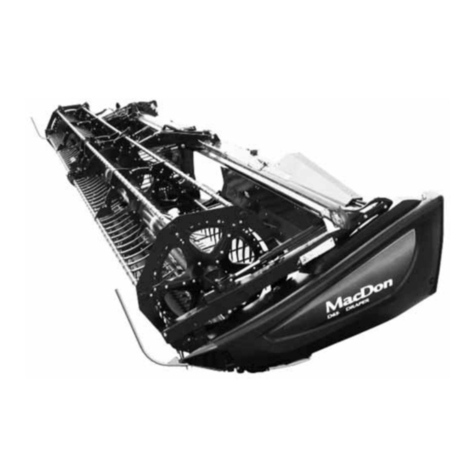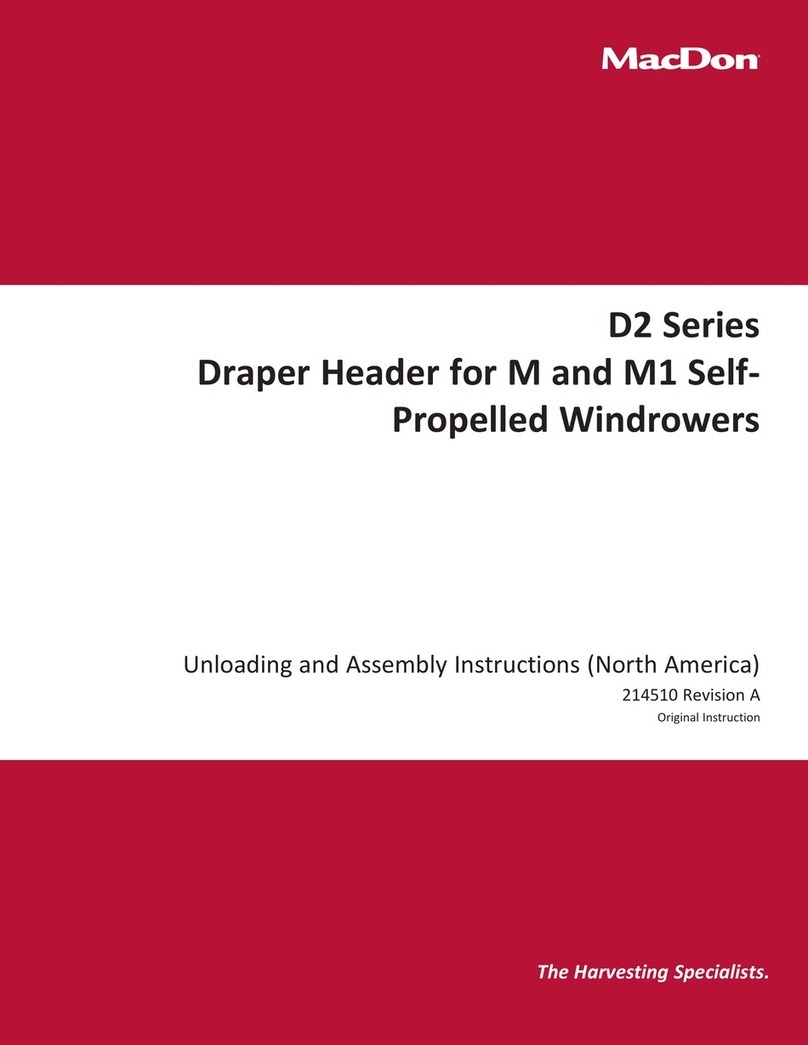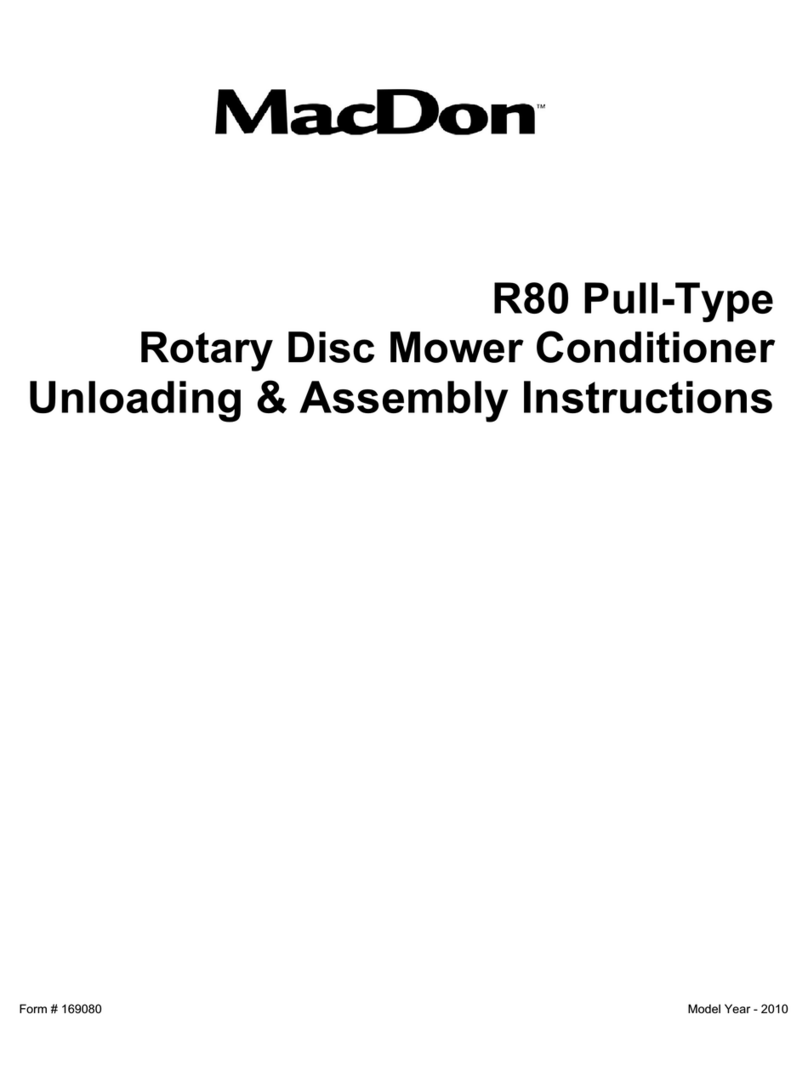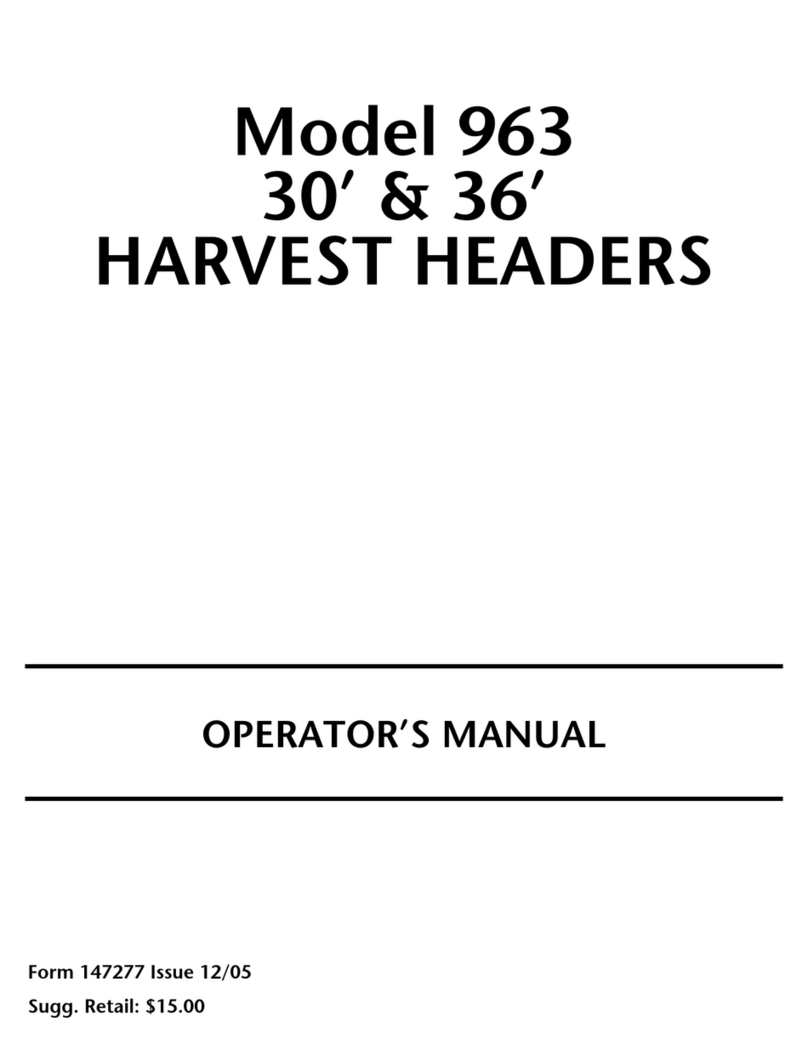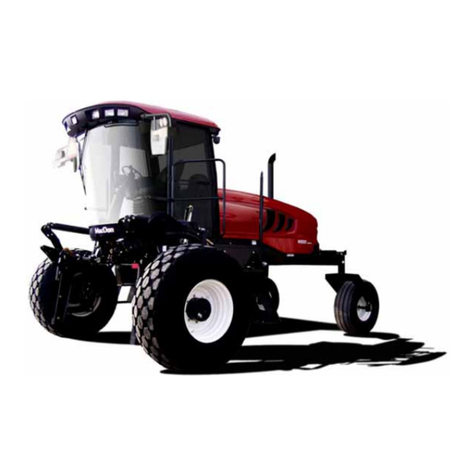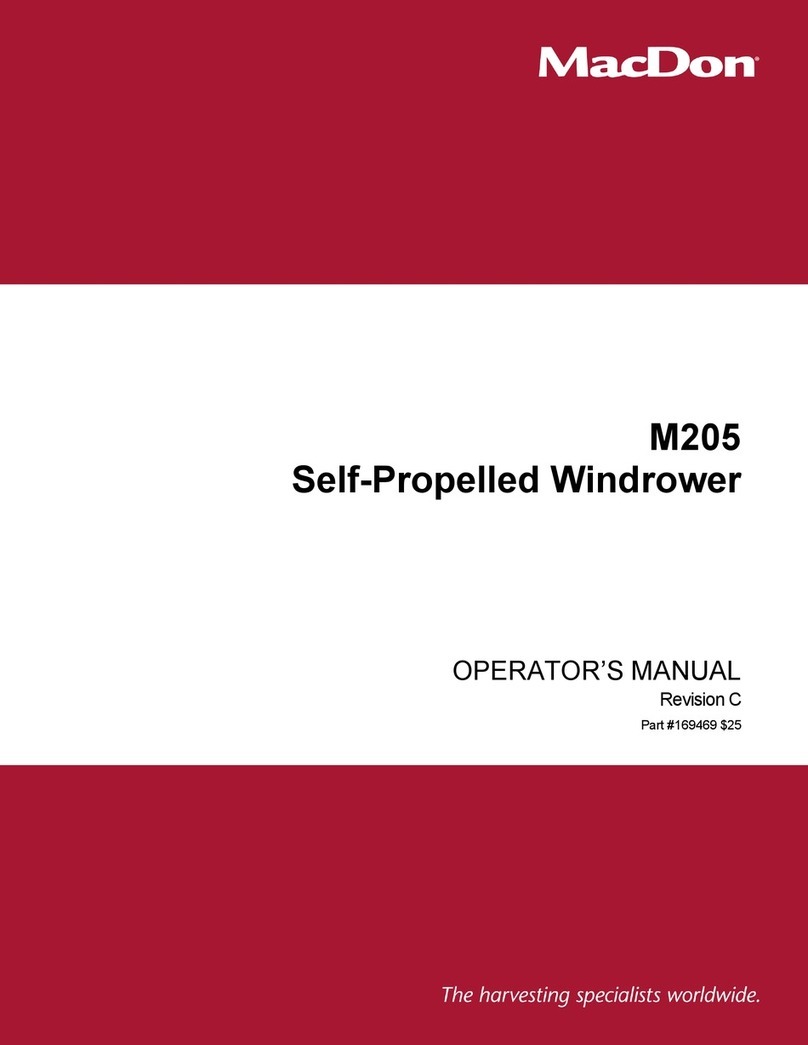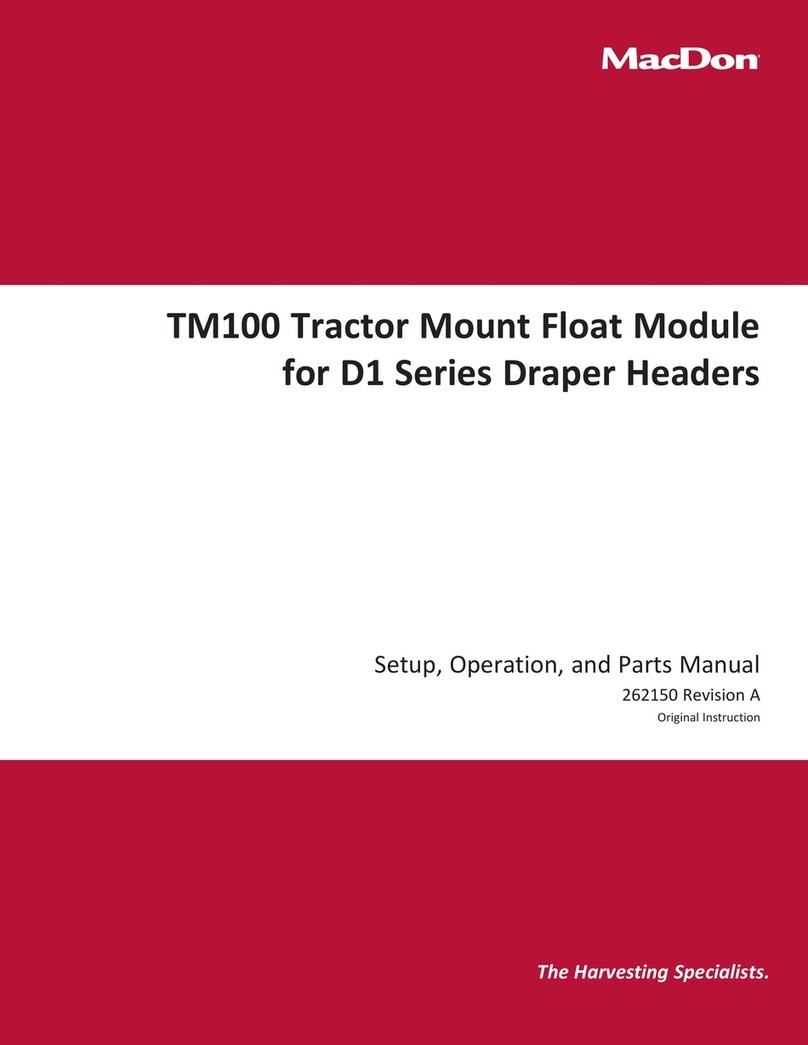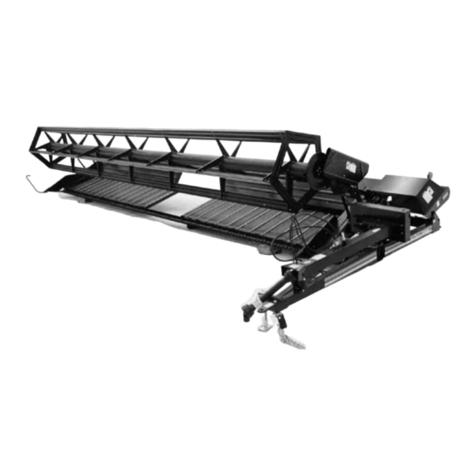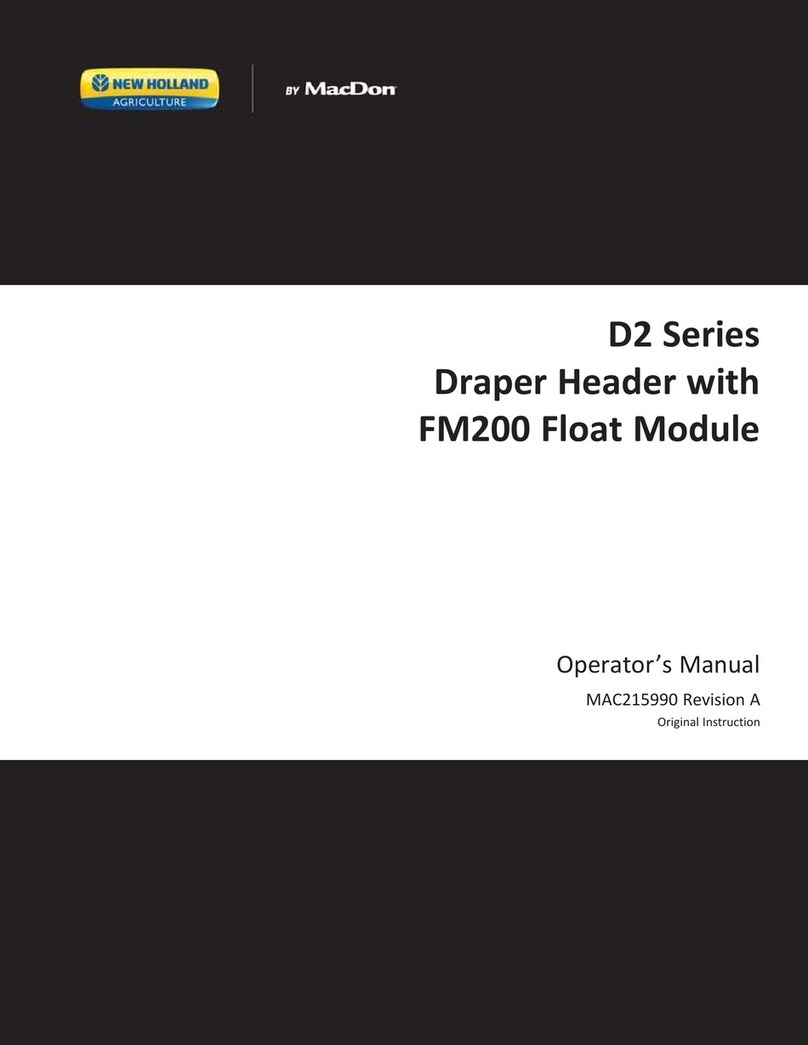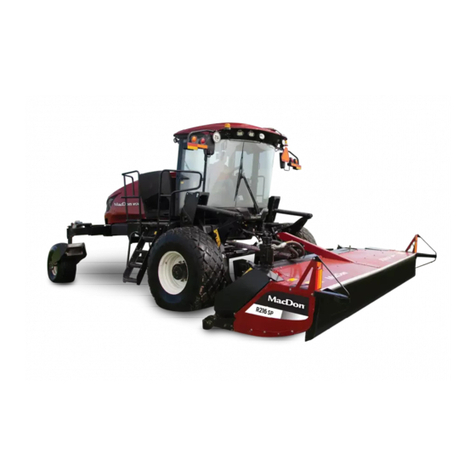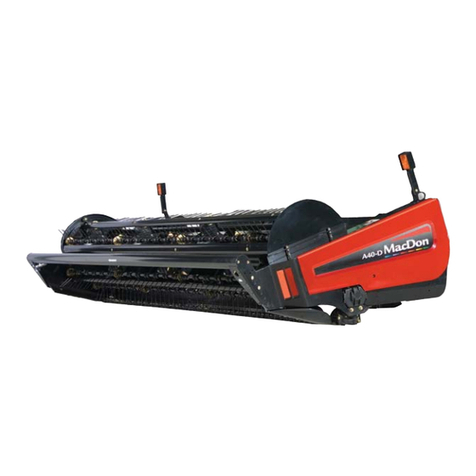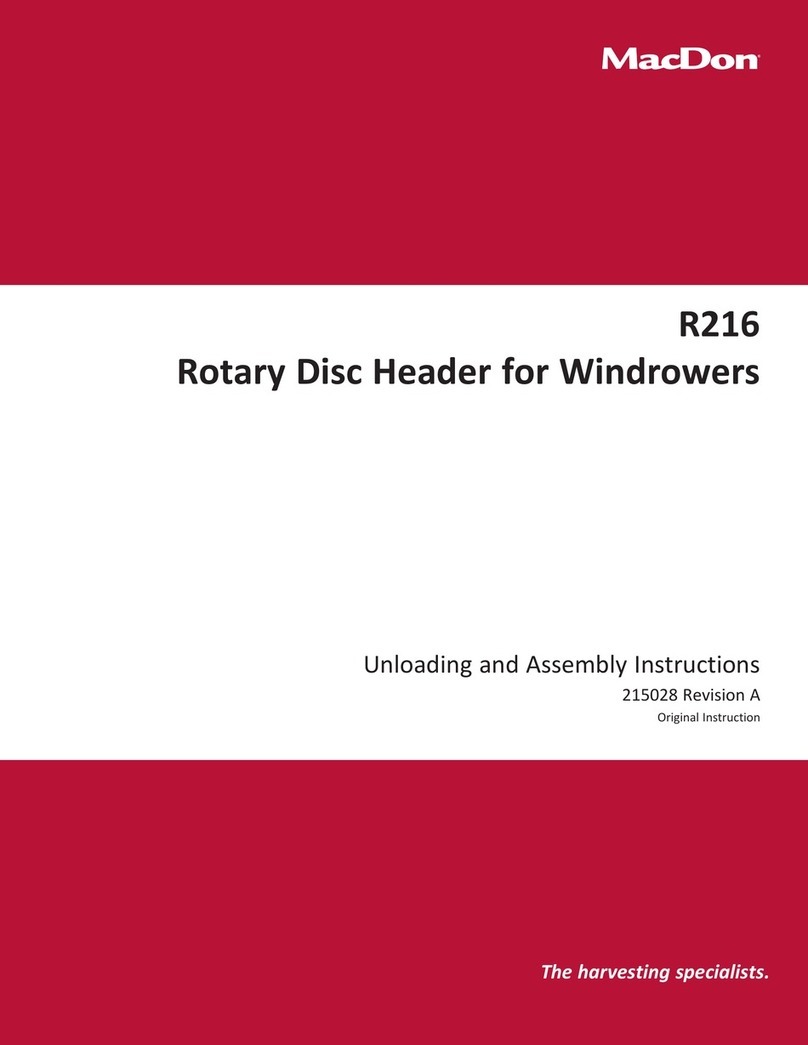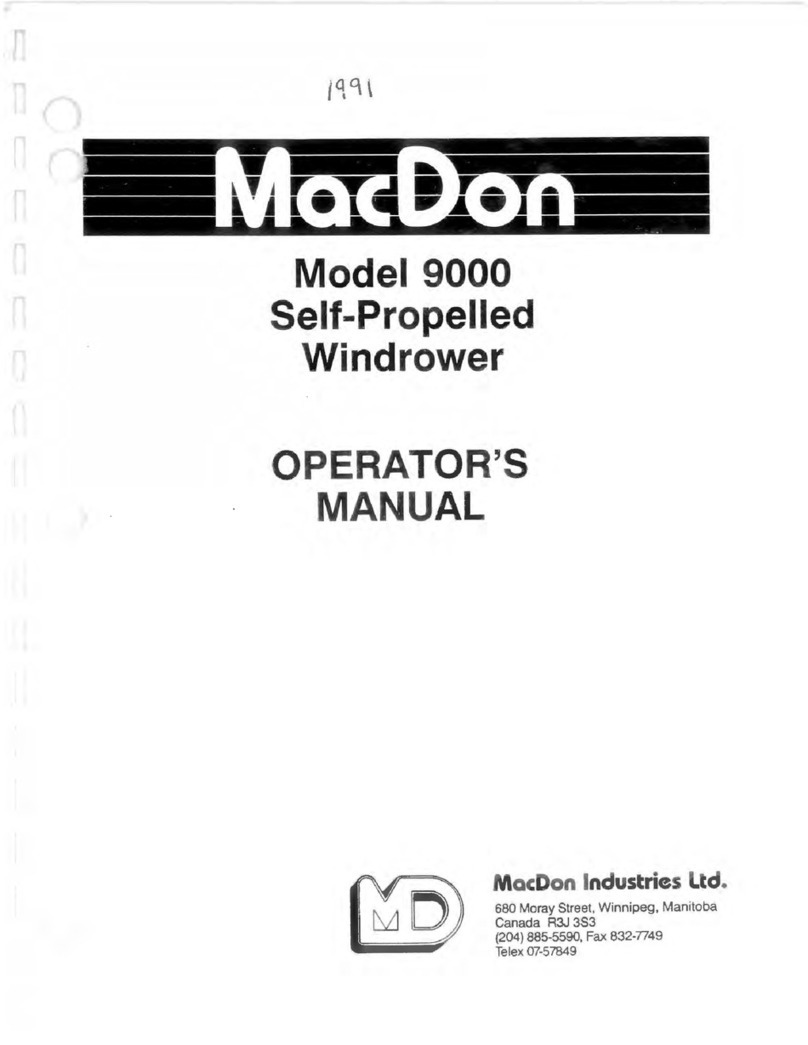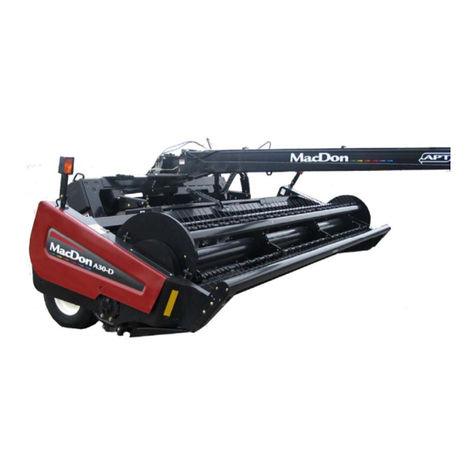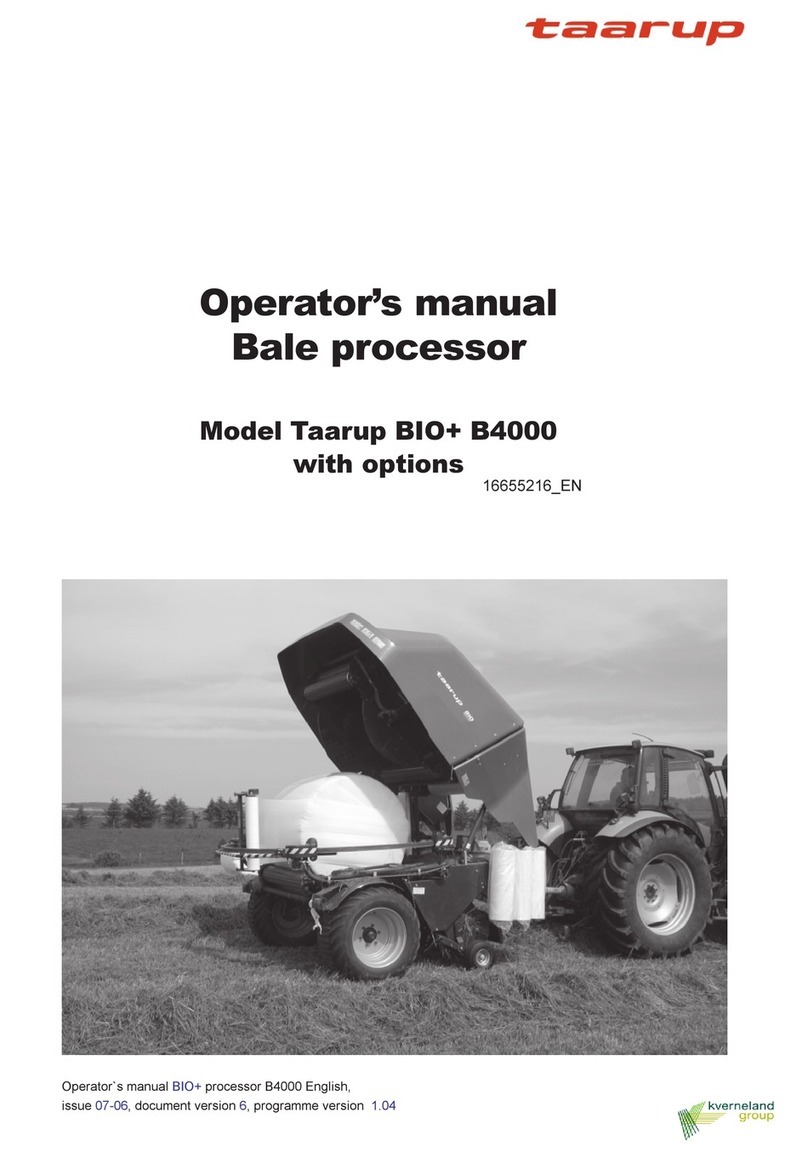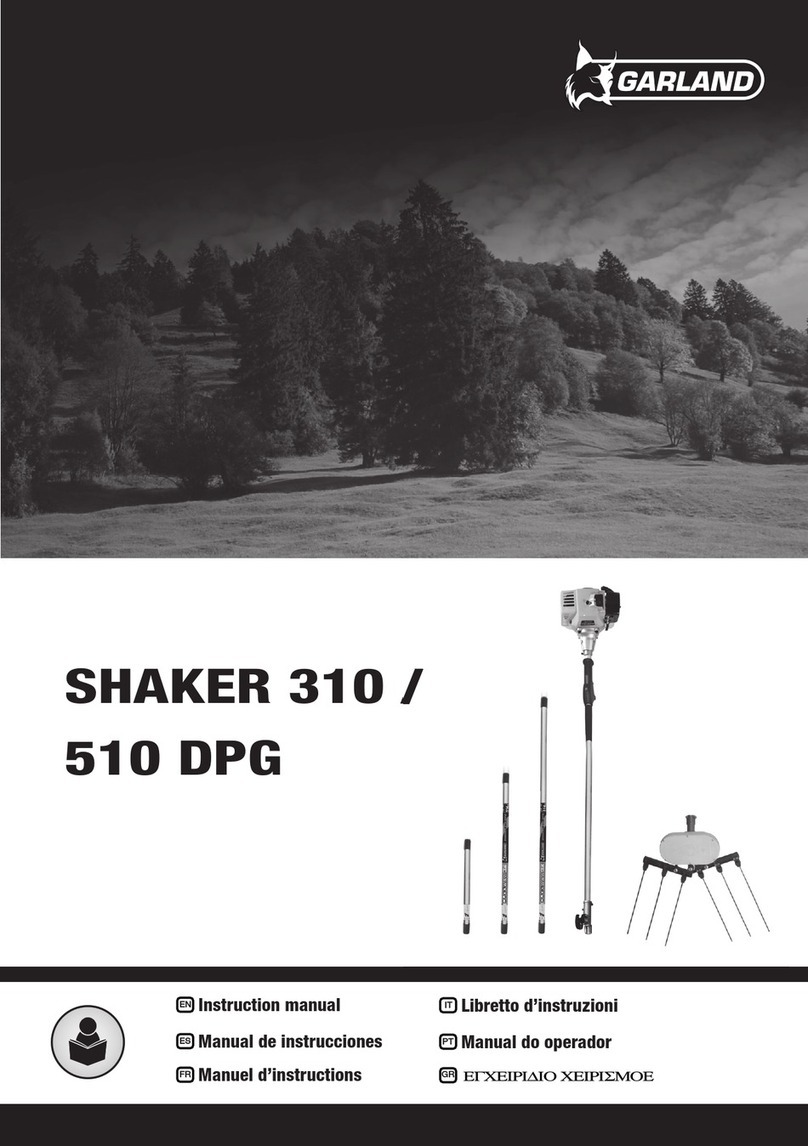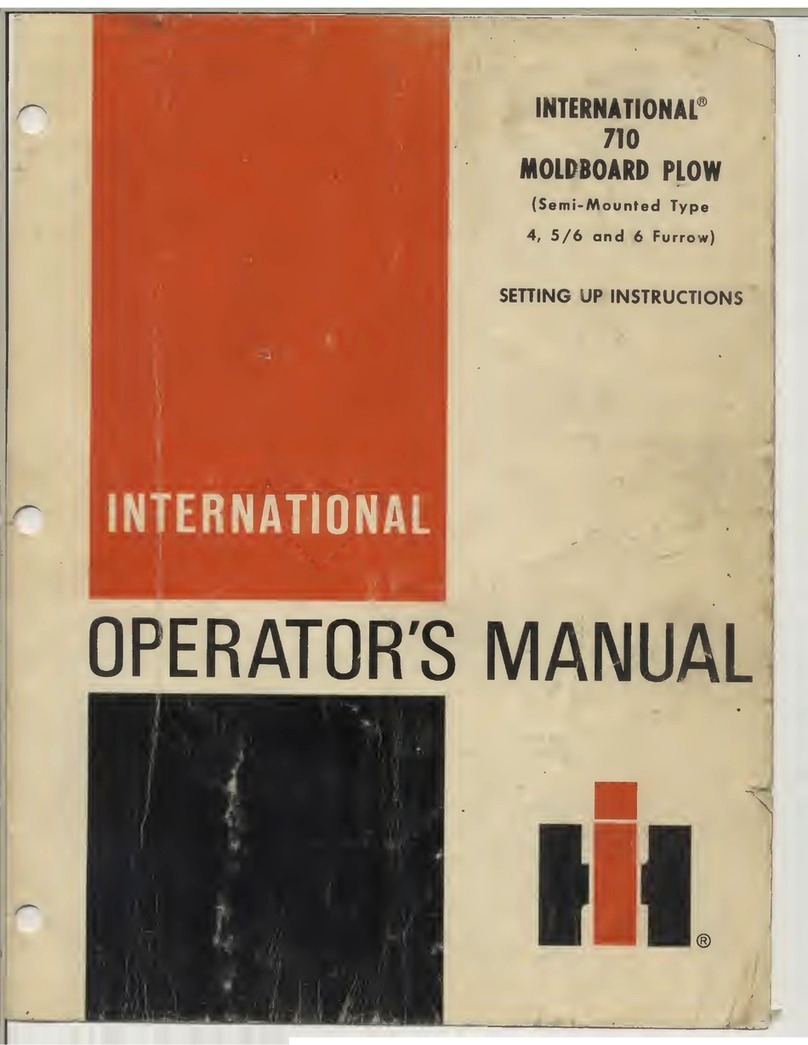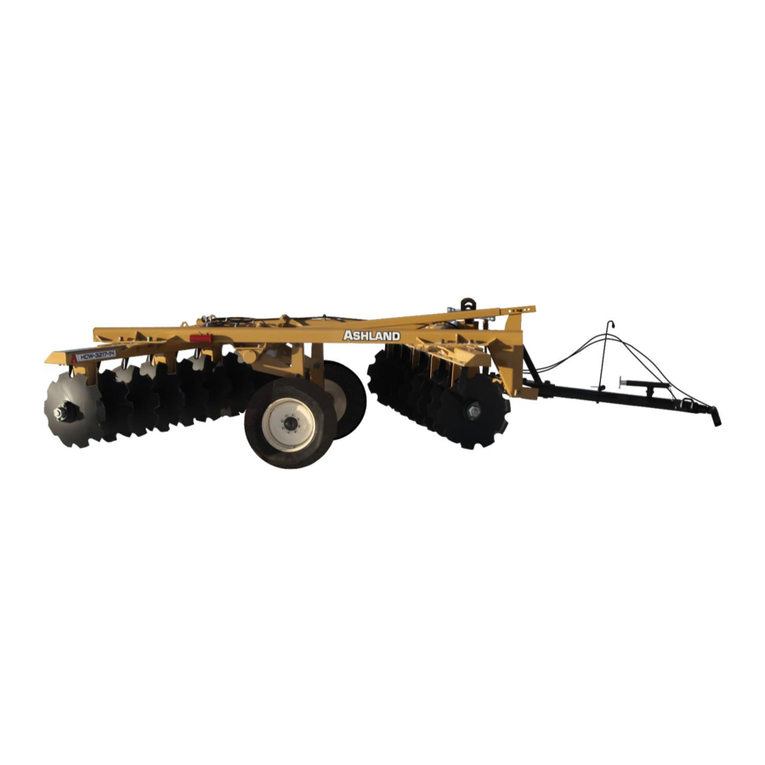
215953 vRevision A
Introduction ................................................................................................................................................i
Summary of Changes................................................................................................................................... iii
Serial Number............................................................................................................................................ iv
Chapter 1: Safety ........................................................................................................................................ 1
1.1 Safety Alert Symbols ...............................................................................................................................1
1.2 Signal Words .........................................................................................................................................2
1.3 General Safety .......................................................................................................................................3
1.4 Maintenance Safety ................................................................................................................................5
1.5 Hydraulic Safety .....................................................................................................................................6
1.6 Welding Precaution ................................................................................................................................7
1.7 Safety Signs ......................................................................................................................................... 12
1.7.1 Installing Safety Decals.................................................................................................................. 12
1.8 Understanding Safety Signs .................................................................................................................... 13
Chapter 2: Installation Instructions ......................................................................................................... 17
2.1 Removing Swath Compressor from Shipping Crate ..................................................................................... 17
2.2 Installing Swath Compressor................................................................................................................... 20
2.2.1 Installing Frame ........................................................................................................................... 20
2.2.2 Installing Electrical Harness............................................................................................................ 25
2.2.3 Connecting Hydraulics .................................................................................................................. 26
2.2.4 Installing Shield Assembly.............................................................................................................. 28
Chapter 3: Operation................................................................................................................................ 33
3.1 Activating the Swath Compressor ............................................................................................................ 33
3.2 Calibrating Position Sensor..................................................................................................................... 36
3.3 Using Swath Compressor ....................................................................................................................... 40
3.3.1 Swath Compressor Controls ........................................................................................................... 40
3.3.2 Setting up Swath Compressor......................................................................................................... 41
3.3.3 Programming One-Touch-Return .................................................................................................... 43
3.3.4 Adjusting Compression ................................................................................................................. 43
3.3.5 Adjusting Side Deflectors............................................................................................................... 44
3.3.6 Locking and Unlocking Swath Compressor ........................................................................................ 44
Chapter 4: Maintenance........................................................................................................................... 45
4.1 Removing Swath Compressor Shield ........................................................................................................ 45
4.2 Electrical System .................................................................................................................................. 47
4.2.1 Rotary Sensor (MD #128994) ......................................................................................................... 47
4.2.2 Swath Compressor Harness (MD #209256) ....................................................................................... 48
Harness Connections................................................................................................................... 49
4.2.3 Electrical Schematic...................................................................................................................... 50
4.3 Hydraulic Schematic.............................................................................................................................. 51
TABLE OF CONTENTS
